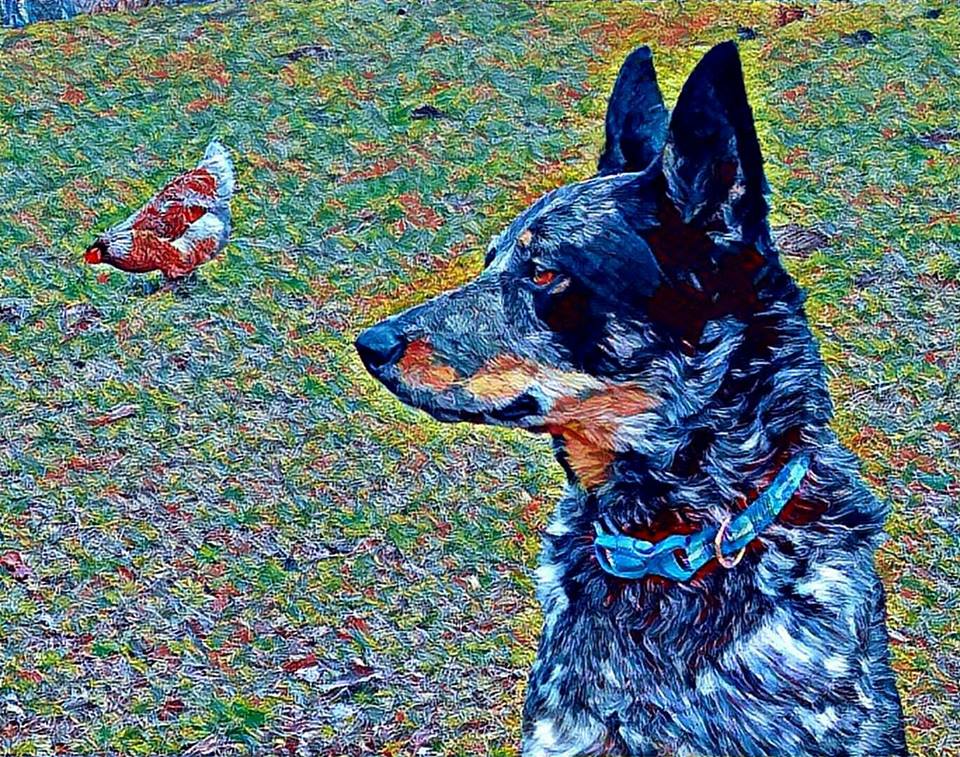
Don’t get me wrong, we’re not taking our current ladies for granted! They do great work. We love the different shades of tan, white, pink and brown they give us. We just want to add a little more pizzazz to what we can offer our farmers market patrons. Because it’s fun. And we love pretty things.
Eggshell color is all about genetics.
So because of that we have researched chicken breeds and how to cross them to make different egg shell colors. We recently purchased Black Copper Marans, Cuckoo Marans and Welsummer chicks from Hoover’s Hatchery in Iowa to provide us with a dark chocolate egg…

Aren’t they gorgeous?
For the blue eggs needed for our rainbow, we ordered 4 Easter Egger chicks. 3 females and 1 male. And we also purchased 8 Whiting True Blue eggs from a farm in Florida and 6 Cream Crested Legbar eggs from a farmer in Pennsylvania. We are currently incubating all 14 and they should be hatching within the next week
How many chickens is too many?
I know what you’re thinking, “that’s a lot of chickens!” But really it’s not going to be. Our coop is set up to more than accommodate the chicks we bought from the hatchery. Plus the hatching rate for successfully incubating eggs is only about 40%. So we’ll be lucking to 5 out of the 14 we incubated. We’re good on space, but I admit that I’m a certified chicken lady. That being said we have well over 30 chickens right now.
Egg husbandry chart for colors:

As you can see; the process is fluid and there’s no guaranteed result, but that’s the fun of it! We will have special chicken runs built to facilitate this process. And we specifically bought a Black Copper Maran male, Cuckoo Maran male and an Easter Egger male. The breed that comes from crossing a dark brown layer with a blue layer is generally referred to as an Olive Egger, and the olive/green tint varies vastly.

So there’s your crash course in the wild world of chicken breeding for egg colors. We will have dark brown and blue eggs added to our current colorful arrangement by late summer. And olive, green and mint colored eggs by next Spring. We will also be selling fertilized eggs for people who would like to incubate and raise their own special Oliver Eggers. Keep a lookout for us!

This reminds me of the eye color genetics you learn in school. Two blue eyed parents can’t have a brown eyed child. But two brown eyed parents can have a blue eyed child. Etc etc. sounds like some fun experimenting is going to happen over there.
A genetics allele chart! Those were the coolest! That makes you the coolest for knowing that.
We’re pretty excited about all the possibilities with our chickens. We’re going to have to get little leg bands to keep tabs on everyone.